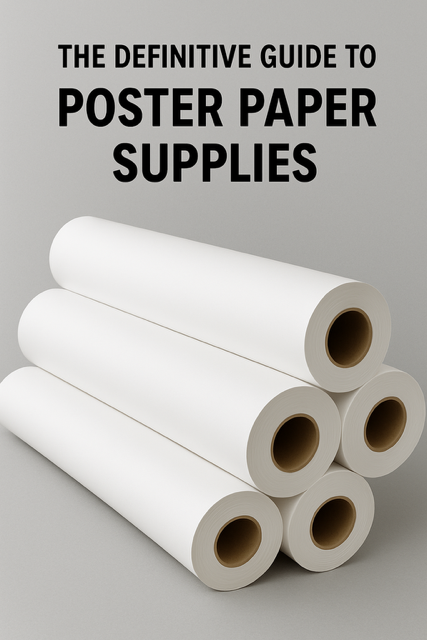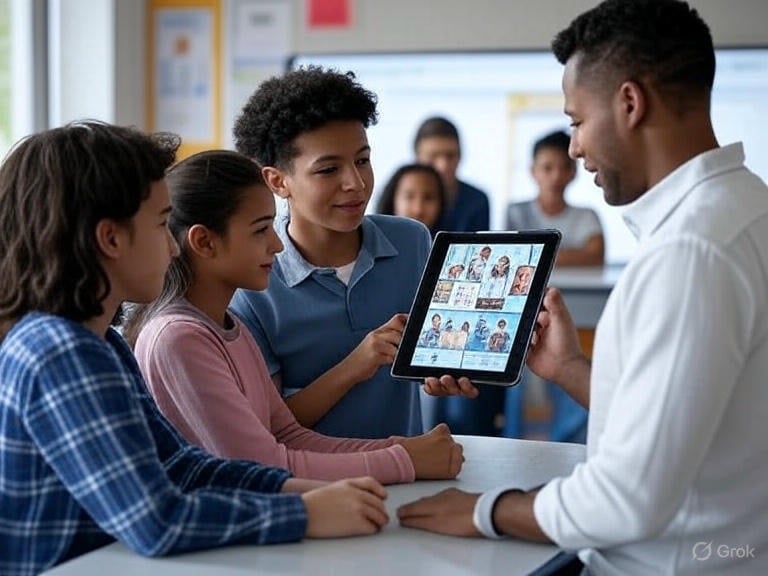
DISCOUNTED EDUCATION PRICING! CALL 1-877-891-8411. We Gladly Accept School Purchase Orders!

When you’re an elementary school teacher, you’re not just teaching math, reading, or science—you’re juggling learning goals, classroom behavior, engagement, differentiation, standards, and often… glue sticks that somehow ended up in someone’s hair.
So how do you keep it all together and create powerful, purposeful learning experiences?
It starts with a great lesson plan.
But let’s be honest: planning fresh, exciting lessons day after day (while managing a million other tasks) is overwhelming. Whether you’re a first-year teacher or a seasoned pro, some days you just need a spark. Something that works. Something that gets your kids excited to learn.
That’s exactly what this post delivers.
Inside, you’ll find:
No fluff. Just real ideas for real classrooms.
Let’s dive in—and help you plan smarter, teach better, and bring your classroom to life.
Great question. Think of a lesson plan as the GPS of your classroom. Without it? You’re winging it. With it? You’re intentional, focused, and student-centered.
A strong lesson plan:
But crafting great plans every day? That’s a LOT. Let’s fix that.
Before we jump into ideas, let’s break down what makes a lesson plan not just good—but great:
✅ Clear Objective – What will students know or be able to do?
✅ Engaging Hook – Capture interest early (story, prop, riddle, song).
✅ Active Learning – Not just listening—doing.
✅ Checks for Understanding – Informal assessments along the way.
✅ Wrap-Up/Exit Ticket – Reinforce the learning.
✅ Differentiation – Support for all learners.
Use the PIE acronym (Persuade, Inform, Entertain) to teach author’s intent. Let kids sort book covers or passages into categories, then write their own PIE stories.
Kick off each day with 10 minutes of journaling—build writing stamina while reinforcing SEL. Prompt: “If I could invent a holiday, it would be…”
Transform any chapter into a mini-play. Builds fluency, teamwork, and comprehension.
Cut up events from a story and have students reconstruct the plot. Great for ELLs and early readers.
Display an error-riddled sentence. Students work in teams to find and fix the mistakes. Competitive and educational!
Use themed word problems to solve mysteries—like “Who Stole the Homework?” Great for applying multiple math skills.
Students create paper pizzas and divide them into fractions. Then, trade slices and write fraction equations.
Label Jenga blocks with problems. Students must solve one before they can remove the block.
Survey the class and graph results using bar graphs. Extend into mean, median, and mode!
Create a mini classroom economy where students earn, spend, and budget fake money. Real-world skills for the win.
Use everyday objects to test density. Great for hands-on learners and teaching the scientific method.
Students build their own thermometers, wind vanes, and rain gauges. Daily data builds long-term engagement.
Challenge students to build a protective container for an egg drop. Teaches physics, problem-solving, and teamwork.
Let students plant seeds and track progress over weeks. Integrate reading, writing, and observation.
Take the class outside and record what they hear, see, smell, feel, and (maybe!) taste.
Students bring in or research an object from a different culture. Builds empathy and global awareness.
Have students design a town with different roles—mayor, shopkeepers, librarians. Tie in map skills, government, and collaboration.
Kids create a timeline of their own lives to understand chronology and sequencing.
Students write and present a short speech on what they’d do as president.
Once a week, form a circle and pass around compliments. Builds community and respect.
Students anonymously write down worries and discuss healthy coping strategies.
Act out emotions and guess what they are—helps build emotional vocabulary.
After finishing a story, students design an alternate book cover and write a summary on the back.
Do math drills while jumping, hopping, or dancing. Movement boosts engagement and memory.
Let students create educational posters (on science topics, grammar rules, etc.) using markers—or classroom poster printers.
A: It doesn’t need to be a novel. The best lesson plans are clear, concise, and focused on outcomes—not fluff. A half-page bullet list often does the trick.
A: Use visual aids, sentence starters, manipulatives, peer support, and open-ended questions. Also, scaffold the tasks—don’t just simplify the content.
A: Reflect, don’t panic. Ask:
Great teaching doesn’t come from perfectly scripted plans—it comes from purposeful planning that leaves room for creativity, connection, and curiosity. The best lesson plans aren’t the longest or most detailed—they’re the ones that spark engagement, meet students where they are, and give you the freedom to do what you do best: teach.
With the right mix of structure, inspiration, and flexibility, you can spend less time glued to a planning template—and more time building relationships, guiding discovery, and creating moments your students will remember for years.
Plan smarter. Teach with joy. And never forget: you’re shaping the future—one lesson at a time. Don’t forget the importance of school visuals!